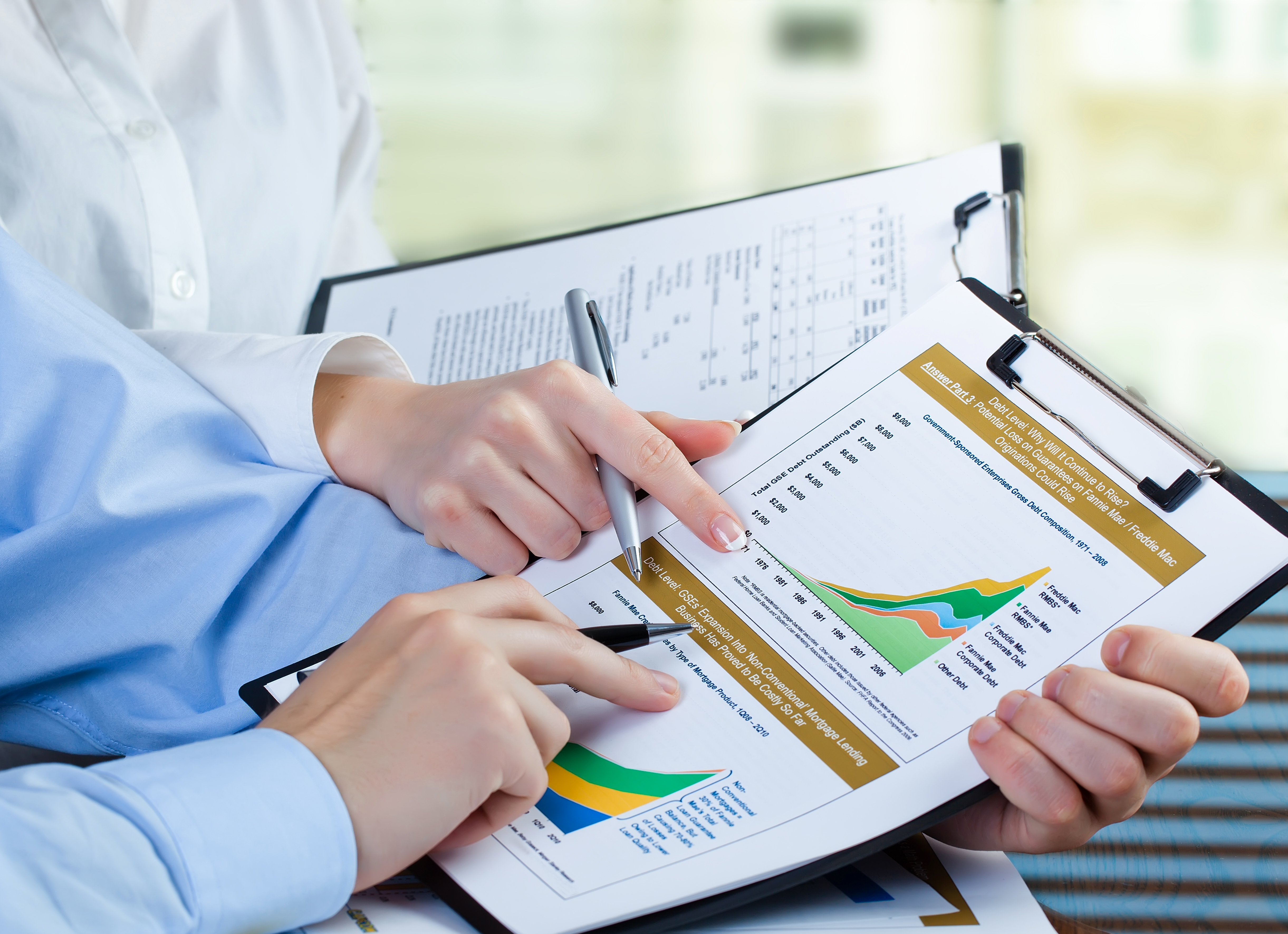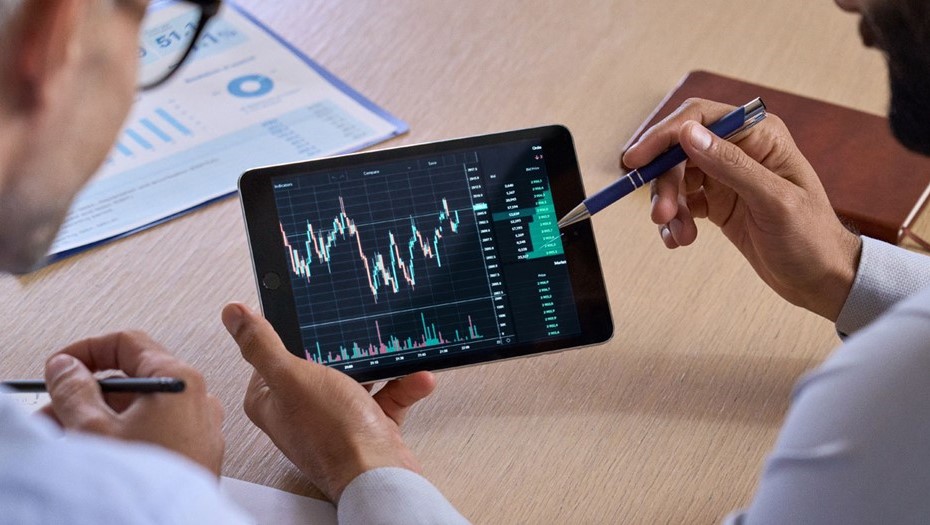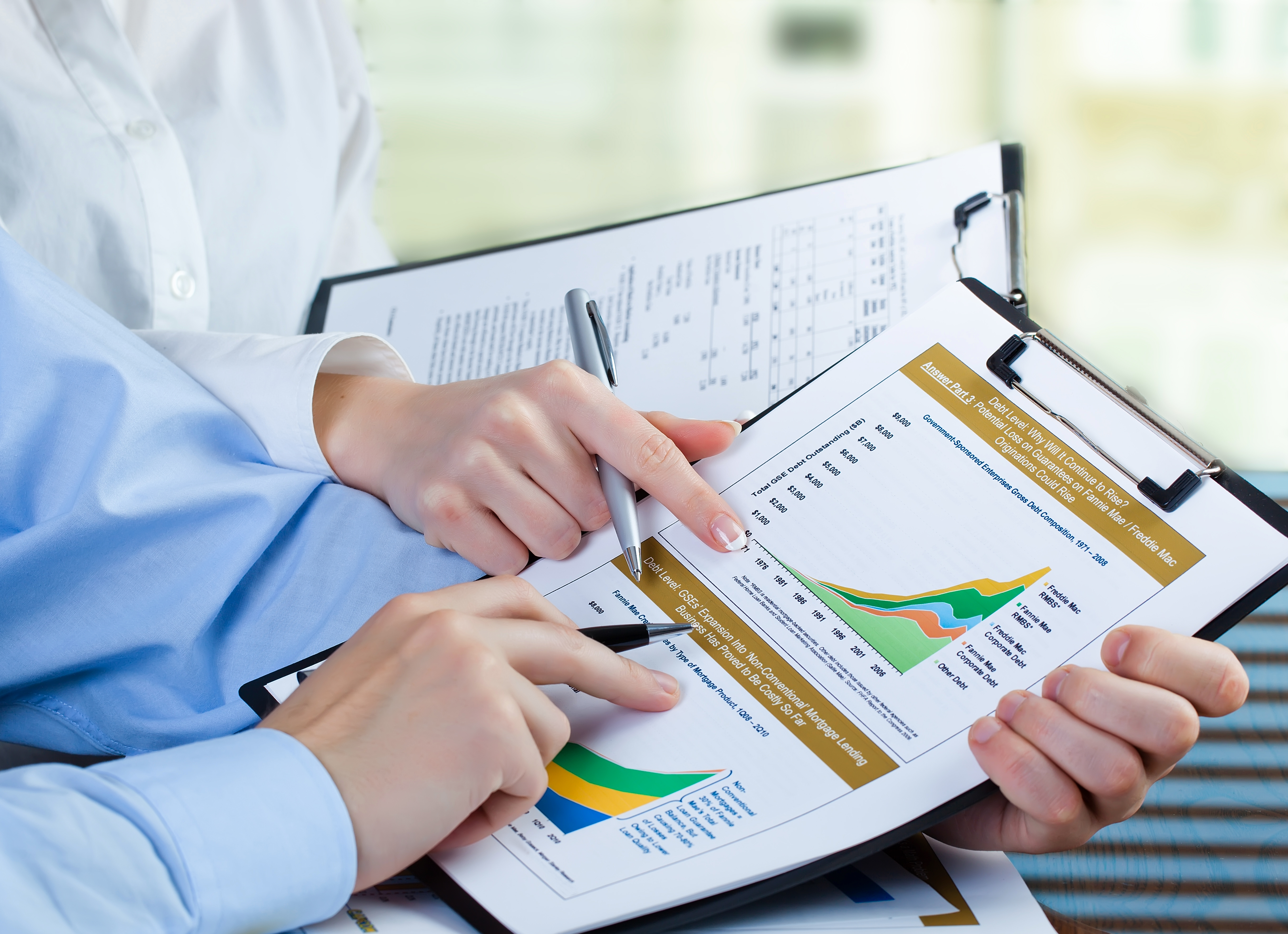Russia's GDP in 2025: Growth Dynamics and International Comparisons
Key Takeaway: In 2025, the Russian economy is expected to continue growing at a moderate pace of around 2.5-3.0% GDP, with a structural shift towards investments and high-tech sectors. However, it will remain sensitive to external commodity prices, fiscal and monetary policies, demographic challenges, and geopolitical risks. In terms of growth rates, Russia lags behind major Asian economies but surpasses many countries in Europe and Latin America.
1. Overall Dynamics of Russia's GDP
1.1 Quarterly and Annual Indicators
In the first quarter of 2025, Russia's GDP grew by 0.7% compared to the previous quarter and by 2.6% year-on-year. According to estimates by the Ministry of Economic Development, this figure is expected to reach 2.8% by the end of the year, an increase from 1.9% in 2024. The primary growth drivers include the implementation of national projects (road modernization, energy, and digitalisation) and a revival in private consumption following a decline in inflation.
However, the high key interest rate (11-12%) and limited access to Western technologies continue to constrain lending and technological investments, particularly in manufacturing and engineering sectors.
1.2 Trends in Recovery
The trend towards recovery began in mid-2024, when GDP showed a growth of +1.2% year-on-year. Growth then accelerated to +2.3% in Q4, driven by state allocations from the National Welfare Fund and increased activity in the private sector. Growth rates are expected to reach +3.0% by the end of 2025 if authorities maintain investment pressure and streamline administrative procedures for businesses.
Diversification of funding sources is crucial for enhancing the economy's resilience, including the development of the bond market and attracting retirement savings and private investment.
2. Components and Growth Drivers
2.1 Private Consumption
Private consumption accounts for 55% of GDP and is directly linked to real household incomes. In 2025, they are expected to increase by 4-5%, with retail sales expected to rise by 6-7%. Retailers are expanding loyalty programmes, developing omnichannel solutions, and expediting delivery to retain customers in the face of rising prices.
To maintain demand, major retail chains are employing big data analytics to personalise offers and optimise inventory management, thereby reducing costs and ensuring prices remain competitive.
2.2 Investment in Fixed Capital
The share of investments is projected to exceed 23% of GDP, bolstered by state investments and private projects. National programmes aimed at developing transport and digital infrastructure are set to allocate over 6 trillion rubles by 2027. Real capital expenditures in the manufacturing sector are expected to grow by 8%, facilitating capacity expansion in the automotive, chemical, and renewable energy sectors.
A particular emphasis is placed on constructing data centres and developing 5G networks; by 2025, over 300 new facilities are anticipated, contributing 0.5 percentage points to GDP growth.
2.3 Foreign Trade Component
Exports of goods and services account for 30% of GDP. Revenue from oil and gas is projected to decline to 20% of GDP at an average Brent price of $80-85. Concurrently, the export of non-commodity goods is on the rise: metallurgy (+5% in volume), fertilisers (+6%), and IT services (+18%). The share of services in exports is expected to reach 8%.
To reduce dependence on commodity exports, Russian companies are actively developing supplies of engineering equipment and agri-technologies to Southeast Asia and the Middle East, where there is an increasing demand for localised production.
2.4 Government Expenditure
Government expenditures will account for 18% of GDP, including social support, education, and healthcare. The budget deficit is expected to be 3% of GDP, financed through the National Welfare Fund and domestic borrowings. Federal spending on national projects will constitute 3% of GDP, adding 0.6 percentage points to GDP growth in 2025.
Modern methods of budget management are being emphasised, with the use of digital platforms to enhance expenditure transparency and optimise the budgetary process.
3. International Comparison of GDP Growth
3.1 Russia vs China and the USA
According to IMF forecasts, GDP growth in China is expected to reach 4.8%, while the USA is projected at 2.3%. Russia's growth rate of 2.8% falls short of these leaders but surpasses most G7 countries: Eurozone at 1.7%, and the UK at 1.5%. This reflects a shift in the global economic centre towards Asia and highlights the need to strengthen export ties.
Russian companies are already entering agreements with China under the "Yellow Corridor," which facilitates reduced logistics costs and increases trade volumes by 15%.
3.2 Russia vs India and Brazil
India is expecting growth of 6.5%, while Brazil forecasts 1.8%. Russia outperforms Brazil and most Latin American countries but lags behind India. The high growth rates in India are attributed to a demographic boom and infrastructure reforms.
Simultaneously, Russia exhibits more stable exports of energy carriers and raw materials, ensuring predictability in its budget and economic policy.
3.3 GDP per Capita
GDP per capita in Russia is expected to exceed $12,500, with a population of 145 million. In the USA, it stands at $78,000, in China at $13,500, and in India at $2,500. Russia outpaces Brazil ($9,000) and South Africa ($6,000) but falls short of developed economies and "Asian Tigers" — South Korea ($30,000) and Singapore ($60,000).
The growth in GDP per capita is supported by investments in education and healthcare, as well as the development of urban agglomerations.
4. GDP per Capita and Living Standards
4.1 Living Standards
The Gini coefficient in Russia stands at 0.38 (OECD average), indicating moderate inequality. The average life expectancy is 72.5 years, compared to 82 years in the EU. Despite GDP growth, quality of life varies according to the accessibility of medical and social services.
The number of public-private partnership programmes in healthcare is on the rise, enhancing the availability of services in regional areas.
4.2 Regional Disparities
In Moscow and St. Petersburg, GDP per capita is expected to exceed $25,000, while in the Far East regions, it is projected at $8,000. Such disparities stimulate internal migration and pose challenges for regional infrastructure and the labour market.
To equalise living standards, authorities are developing preferential lending programmes for businesses and improving utility services in remote regions.
5. Policy and Regulation
5.1 Fiscal Measures
The budgetary rule maintains the deficit within 3% of GDP. With Brent prices at $85, surpluses are accumulated in the National Welfare Fund, while super-profits are directed towards infrastructure and social projects, reducing budgetary risks and stabilising the exchange rate.
Electronic expenditure control systems are being implemented, enhancing transparency and efficiency in budgetary programmes.
5.2 Monetary Policy
The Central Bank of Russia maintains an interest rate of 11-12% to combat inflation (approximately 6%). The high rate curbs inflation and the rouble's exchange rate but restricts the accessibility of credit. Yields on government bonds at 11-12% attract pension funds and insurance companies, supporting the domestic capital market.
As an experiment, the Central Bank is introducing targeted loans for strategic sectors, reducing interest rates for projects in green energy.
6. The Role of Foreign Trade
6.1 Energy Exports
Revenue from oil and gas is expected to contribute 20-21% of GDP in 2025. Market diversification and increased LNG exports to Asia reduce dependence on European demand and support the rouble.
Russian companies are signing long-term contracts for LNG supplies at fixed prices, thus reducing revenue volatility.
6.2 Trade Balance
The trade balance surplus is approximately $200 billion: China (38% of exports), EU (25%), CIS and Turkey (15%). New routes through Iran and Kazakhstan are reducing logistics costs by 10%.
Coordination with SCO countries is actively developing to simplify customs procedures and lower barriers to foreign trade.
7. Innovations and Technological Development
7.1 IT Sector
The contribution of IT to GDP has risen to 3.2%. Support for startups and tax incentives are promoting software and service exports, generating $28 billion in foreign currency revenue. Major corporations are investing in domestic chip development and data processing platforms.
Government programmes for training IT specialists are helping alleviate skills shortages and enhance the sector's competitiveness.
7.2 Import Substitution
Chip manufacturing and industrial automation projects have received subsidies of 150 billion rubles. Venture funds have invested $1.2 billion in Russian startups, strengthening technological potential and creating jobs in innovation centres.
Collaboration with universities and research institutes is being developed for the accelerated implementation of technologies in production.
8. Exogenous Factors
8.1 Demographic Factor
Natural population growth is declining, with migration from the CIS offsetting aging. The old-age dependency ratio stands at 38%, placing a burden on social systems and impacting long-term GDP growth.
To mitigate the effects of aging, programmes supporting young families and encouraging birth rates are being developed, alongside measures to integrate migrant workers.
8.2 Geopolitical Risks
Sanctions limit access to Western technologies, reducing growth potential in certain sectors by 0.3-0.5 percentage points. Russia is pivoting towards cooperation with Asia and the Middle East, entering new agreements on technological and infrastructure partnerships.
Discussions are actively underway regarding the establishment of joint scientific clusters with China and the UAE for developing advanced solutions in renewable energy and aerospace technologies.
Conclusion: Russia maintains moderate GDP growth due to state investments and technological development but remains vulnerable to external shocks and demographic challenges. Compared to global leaders, its growth rates are lower, yet it outperforms many European and Latin American economies. Investors should consider risk management, portfolio diversification, and central bank rates to capitalise on stable trends in the Russian economy.




